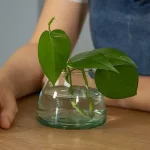The care of carnivorous plants is usually a great enigma because their characteristics are hardly known. If we ask ourselves where carnivorous plants live, they are rare in temperate zones, Europe and Africa . On the contrary, tropical climates are preferred by these plant species. In fact, they abound in areas like America, Asia or Australia .
These plants arouse great curiosity, especially for their ability to trap insects . However, keeping them alive requires knowing them very well. In this post, we tell you the secrets of these plants to become an expert in their care.
1. Characteristics of carnivorous plants
Carnivorous plants developed insect hunting as an evolutionary resource to adapt to dry and nutrient-poor soils. In fact, their usual habitats are peat bogs or swampy land, where insects abound and the land has a certain degree of humidity. A curiosity is that it is believed that the first carnivorous plants appeared about 70 million years ago and that they evolved from non-carnivorous plants .
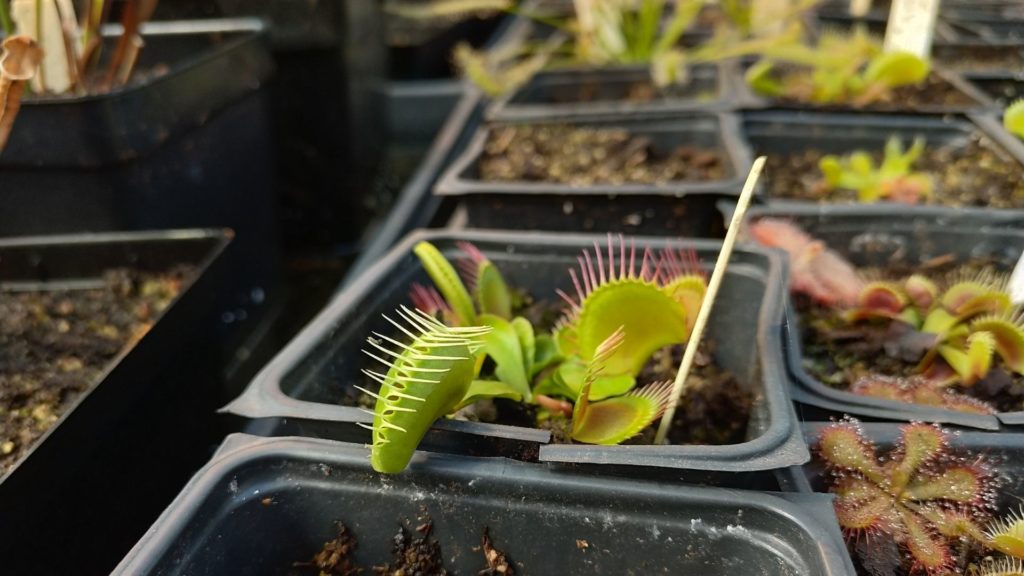
Another of the most identifying aspects of these plant species are the leaves, since they perform the trap function 🪤 There are two types: the active traps , which are those that trap the victim, through sudden movements. And the passive traps in which the insects are trapped by liquids or sticky substances.
But what about the nutrients they need? Insects are a complementary source, but not the main one. Most of them are given by water, mineral salts and photosynthesis, like most plants. However, they turn out to be the most complicated when it comes to receiving care at home, especially those from tropical climates.
The best pots to plant them
plastic pots the best option for your carnivorous plant, although porcelain and glass are also a good choice. Yes indeed! Avoid those that are made of materials such as terracotta, since when watering the plant, these materials can release minerals and other particles that dissolve in the water and cause damage to the roots that absorb them 🪴
Watering and feeding carnivorous plants
If we talk about the care of a carnivorous plant, there is always a question with irrigation. What is the key to watering them? It is essential to avoid using tap water, because it contains minerals that accumulate until they kill them. For this reason, we recommend the use of demineralized water – which you can find on Amazon-. Put the pot on a container about 3 cm deep to pour the water. In this way, the plant absorbs it without the roots coming into direct contact with the bacteria that can form in the container.
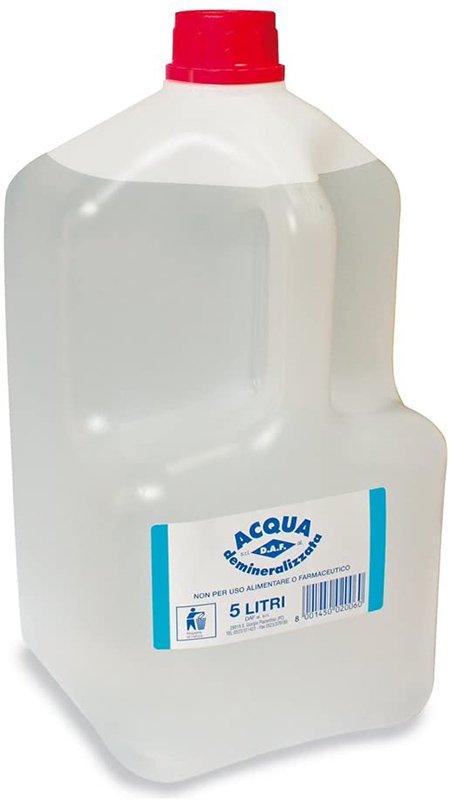
Regarding food, it is not highly recommended to give them more than two insects per month . As long as you are going to place it in a place where it is not possible for them to hunt themselves. Because? The disproportionate intake of insects poisons them Also, you must take into account the time of year when your species of carnivorous plant usually catches them. A trick that can be used to maintain these vegetables is to apply nutrient-rich substrate like this:

Consider the temperature and light
The parameters for choosing temperature and light vary depending on whether the carnivorous plants are tropical or not. Non-tropical plants should be kept for 3 to 5 months at about 5ºC, in this way, their hibernation process is respected . Tropical plants should be kept at warm temperatures throughout the year.
In general, these types of plants need 5 hours of direct light a day, but not in the brightest hours On the other hand, non-tropical species such as Drosera Rotundifolia should avoid direct light, since they have a certain tendency to burn.
Should carnivores be pruned?
Among the care of a carnivorous plant is pruning. These do not need regular pruning unless they have become damaged or too large for their pot. In some cases, pruning may be necessary to maintain the shape and health of the plant.
To do so, it is important to be careful to avoid damaging the plant and always with good tools. It is recommended that pruning be done in spring or summer , during the growing season. The part of the plant that you want to prune should be cut just above a healthy bud or leaf✂️ It is important to avoid cutting the plant too close to the base, as this can weaken or even kill it.
Avoid pests and diseases
Attention to excess humidity and warmth! They can be the causes of the generation of gray mold and the stems rot. In case this happens, it is best to remove the affected parts in order to prevent the spores from spreading to other areas.
Aphids and mealybugs can also join the party and start sucking the sap. In addition, they produce a sticky liquid that adheres to the leaves and ends up causing the hoya to appear, a fungus that blocks the oxygenation of the plant and darkens it .

2. Types of carnivorous plants
And how are you going to leave this post without knowing some of these particular plants! We have made a selection of our 5 favorite carnivorous plants :
venus flytrap
It is the most famous! In the Mario Bross video games she has the function of eating the characters. In real life, it can be an exceptional mosquito repellent The Venus flytrap, or less commonly known as Dionaea miscipula , is native to North Carolina.
Its leaves are characterized by having a jaw-like appearance with numerous teeth. In addition, it usually feeds on any insect, except pollinators, and be careful! because it only catches bugs in summer.

The most important thing to keep this type of plant alive is to place it in a bright place in the house . Of course, during the autumn and winter months, make sure that your Venus does not support temperatures below 7ºC. We recommend that you divide it in spring into cuttings. It is a plant that does not need much attention, the ideal is to water it every 3 or 4 days. However, you can pour water into the container and wait for it to be absorbed by the plant.
Drosera Rotundifolia
This genus is the second largest plant! The Drosera Rotundifolia is a subspecies that can be found in the Pyrenees, the Galician forests or, ultimately, the north of Spain, since they like more temperate regions.
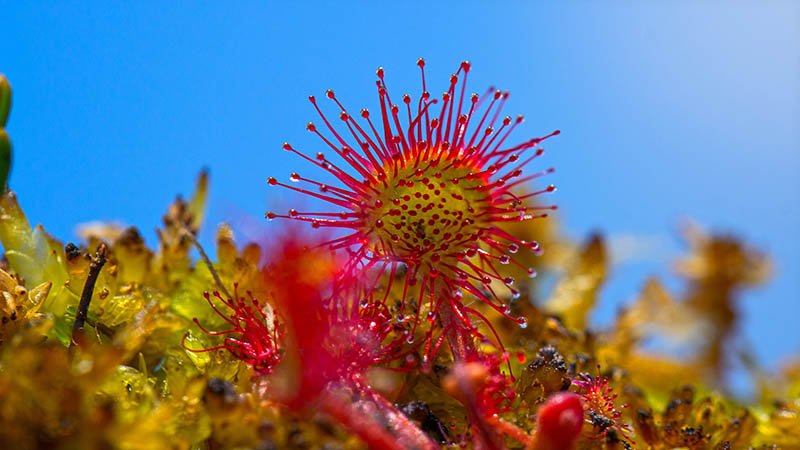
They can measure about 20 cm and their splendor season is summer. Although it has a great capacity to regenerate, if you want the plant to survive the most difficult seasons (autumn and winter), we recommend exposing it to the sun for a few hours ☀️ But avoid direct light! Because they are very sensitive. The last thing you should keep in mind is keeping it at temperatures above 4ºC.
darlingtonia californica
Darlingtonia Californica is made up of leaves that end in the shape of a hood and grow up to 30 cm. These conditions are why it is commonly known as cobra lily . Its leaves can turn 180º during its growth and produce a juicy nectar that attracts insects.
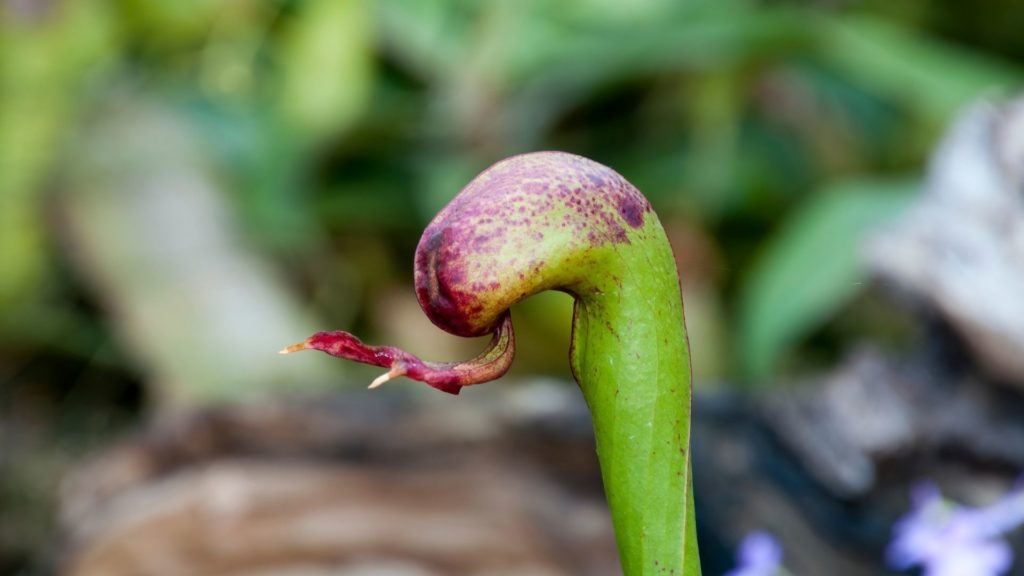
On the other hand, the transparent effect generated by its walls deceives insects, as they think that the cavity of the hood has an easy way out Upon entering the hole, wasps or flies – which are the usual food – collide with the walls and they fall into the tube of these without being able to climb.
The autochthonous areas of this species usually correspond to thawed terrain . For this reason, it is advisable to keep its roots moist, although the outer part of the plant supports temperatures between 5ºC and 15ºC in cold seasons. On the other hand, in summer it can hold between 20ºC and 30ºC.
Cephalotus Follicularis
Cephalotus Follicularis is native to southwestern Australia, it is also known as the pitcher plant due to the shape of its leaves. Unlike Darlingtonia Californica, it grows compact. Also, this subspecies combines normal leaves and trap leaves. The first ones appear in spring , while the carnivorous ones appear in summer .

Did you know that it has a very slow growth rate? And it has an average life of about 5-6 years if it is in optimal conditions. To do this, place them near the windows and make sure to keep the roots moist 🪟 Finally, the temperature must be temperate.
Pinguicula Grandiflora
The Pinguicula Grandiflora is the plant with the most beautiful flowers of all that we have shown you. They are purple in color and usually bloom in spring The sticky texture of its leaf beam traps insects through adhesion. This species of carnivorous plant is usually found throughout Europe.
Watering this plant should be frequent, but not excessive. It is very important to avoid flooding in the autumn and winter months, since it is the moment in which it slows down its growth.


